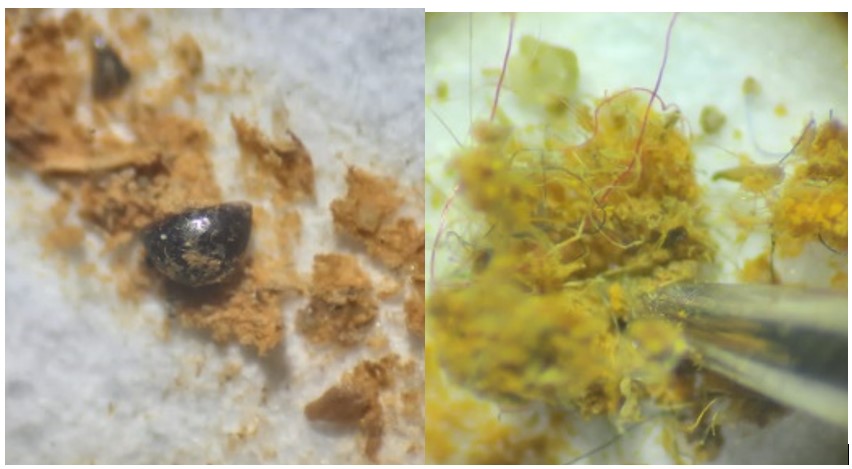Analysis of Microplastic Contamination in Teluk Kombal Estuary: Impact and Sources as the Reference for Further and Mitigation Strategies
DOI:
https://doi.org/10.51264/inajl.v5i1.65Keywords:
Aquatic environment, Kombal Bay Lombok, Microplastics, PollutantAbstract
Microplastics (MPs) refer to plastic waste particles that measure less than 5 millimeters in size. Their presence is widespread in the environment, particularly in aquatic ecosystems, posing significant risks to coastal organisms and human health. This study aims to assess microplastic contamination in the Kombal bay estuary by conducting identification, abundance analysis, and characterization of microplastics. The method used was to characterize the area, sample extraction, observation and calculation of microplastic abundance, FTIR analysis, water quality testing, and data analysis. Originating from the Teluk Kombal river, this estuary is subjected to various human activities such as fishing, agriculture, and household waste disposal. Sampling was conducted at three representative locations: the estuary, agricultural areas, and residential areas within Teluk Kombal, North Lombok, West Nusa Tenggara, Indonesia. Samples were collected and filtered for identification using a microscope Olympus Culture Inverted, 4×100 magnification. The results revealed microplastic abundances ranging from 19.5±14.71 to 25±14.54 particles per liter in water, 9.25±8.54 to 10.75 ±9.53 particles per kilogram in sediment, and 10.25±13.28 to 10.5±10.28 particles per individual in Padina sp. across the three locations. Various types of microplastics, including fragments, films, pellets, and fibers, were identified, with dominant colors of yellow, blue, red, black, and green. The presence of microplastics in the Teluk Kombal estuary and river indicates that they have been contaminated with microplastics, which can cause serious problems for organisms inhabiting them. Therefore, further research is needed to investigate the impact of microplastics on organisms and ecosystems in the estuary.







